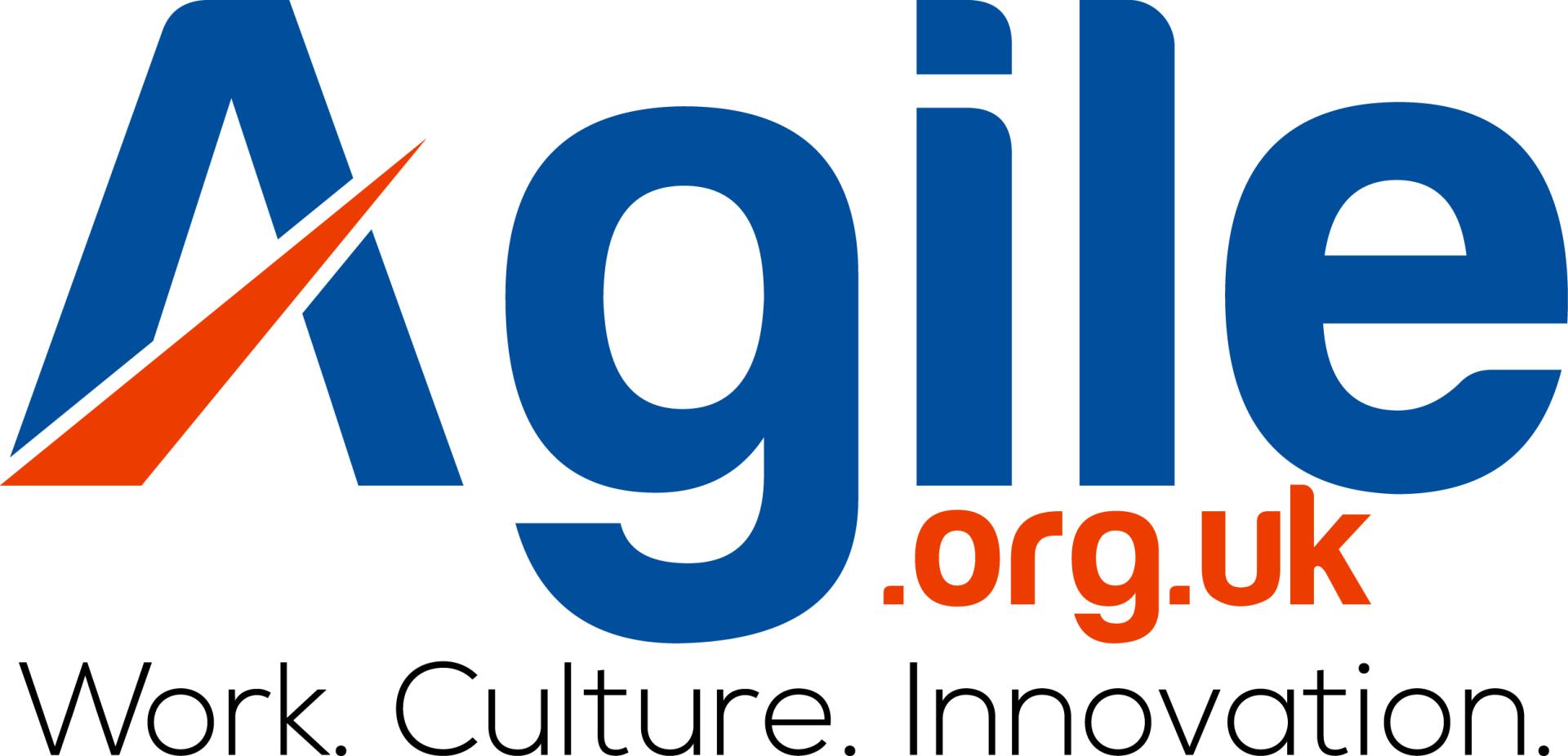The intricacies of lease accounting often pose a significant challenge in financial management. However, with the advent of cutting-edge software solutions like FMIS Lease Accounting Software, the domain of lease management is undergoing a transformative shift. This article delves into the world of accounting lease calculations, shedding light on how technology simplifies the process and ensures compliance with the latest accounting standards.
Governed by stringent financial regulations, lease accounting demands a level of precision and adherence to ever-evolving standards that can be overwhelming for many businesses. The traditional method of manual calculations using spreadsheets, once considered a standard practice, is proving to be time-consuming and increasingly prone to errors. The need for a more efficient alternative has become more imperative, especially with the constant updates in accounting standards that businesses must contend with.
Challenges of Manual Calculations
The traditional approach to lease accounting involves manual calculations, typically executed through spreadsheets. This method, however, is plagued with challenges. The sheer volume of data involved in managing leases, coupled with the intricacies of varying lease terms and conditions, makes manual calculations a time-consuming endeavor. Furthermore, the likelihood of errors increases as the complexity of the lease agreement grows, leading to potential financial discrepancies and compliance risks.
Necessity for Efficient Alternatives
The landscape of accounting standards is in a constant state of flux. Keeping up with these changes is not only a necessity for compliance but also a proactive step towards financial stability. Businesses, recognizing the limitations of manual approaches, are actively seeking efficient alternatives to navigate the complexity posed by these changing standards. This recognition has given rise to a crucial shift towards embracing advanced technological solutions.
Enter Automation
The advent of advanced software solutions marks a transformative shift in the world of lease management. Notably, FMIS Lease Management Software emerges as a key player in this arena, playing an essential role in automating the intricate calculations associated with lease accounting. These software solutions go beyond simple automation; they leverage sophisticated algorithms designed to handle the complexities inherent in lease agreements. By doing so, they not only streamline the entire process but also significantly enhance accuracy, leaving little room for the errors that are often associated with manual calculations.
Time is Money
One of the key advantages of adopting automated lease accounting is the substantial time savings it offers. Manual calculations are labor-intensive and can lead to delays, especially when dealing with a large volume of leases. Automation expedites the entire process, allowing finance teams to focus on more strategic aspects of financial management.
Ensuring Compliance with Ease
Staying compliant with the latest accounting standards is non-negotiable in today’s business landscape. Automation ensures that lease calculations are accurate and align seamlessly with the prevailing financial regulations. This reduces the risk of non-compliance, mitigating potential financial and reputational repercussions.
Transitioning from Spreadsheets to Automation
Many businesses still rely on manual spreadsheet methods for lease accounting. However, transitioning to an automated system presents a myriad of benefits. Consider the scenario of a multinational corporation managing a diverse portfolio of leases. Automation brings cohesion and consistency, reducing the chances of errors that can arise from disparate spreadsheet-based methods.
Wrapping up
In conclusion, automating lease calculations is not just a technological advancement; it is a strategic move toward efficiency, accuracy, and compliance. The shift from manual spreadsheet methods to advanced software solutions empowered businesses to confidently navigate the complexities of lease management.
The future of lease accounting is digital, and those who leverage technology today are better positioned to thrive in the ever-changing world of financial management.
Timeline of Agile Integration in Financial Operations
| Year | Milestones | Impact on Lease Accounting |
| Early 2000s | Initial adoption of Agile in IT | Minimal impact |
| Mid-2000s | Expansion of Agile into project management beyond IT | Indirect influence through improved project management |
| 2010 | Widespread recognition of Agile in various business operations | Growing interest in Agile for financial operations |
| 2015 | Significant adoption of Agile in financial sector | Initial adoption in progressive financial firms |
| 2020 | Integration of Agile in complex areas like lease accounting | Notable improvements in lease accounting efficiency and compliance |
| 2023 | Establishment of Agile as a standard in financial operations | Agile becomes a key strategy for lease accounting and compliance |












